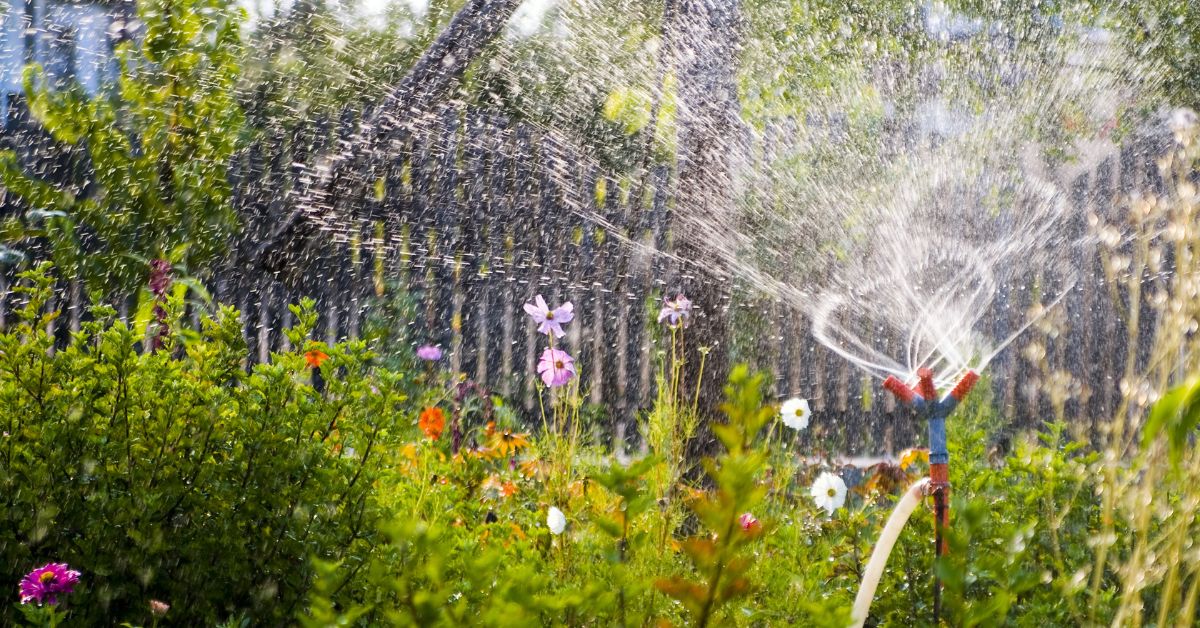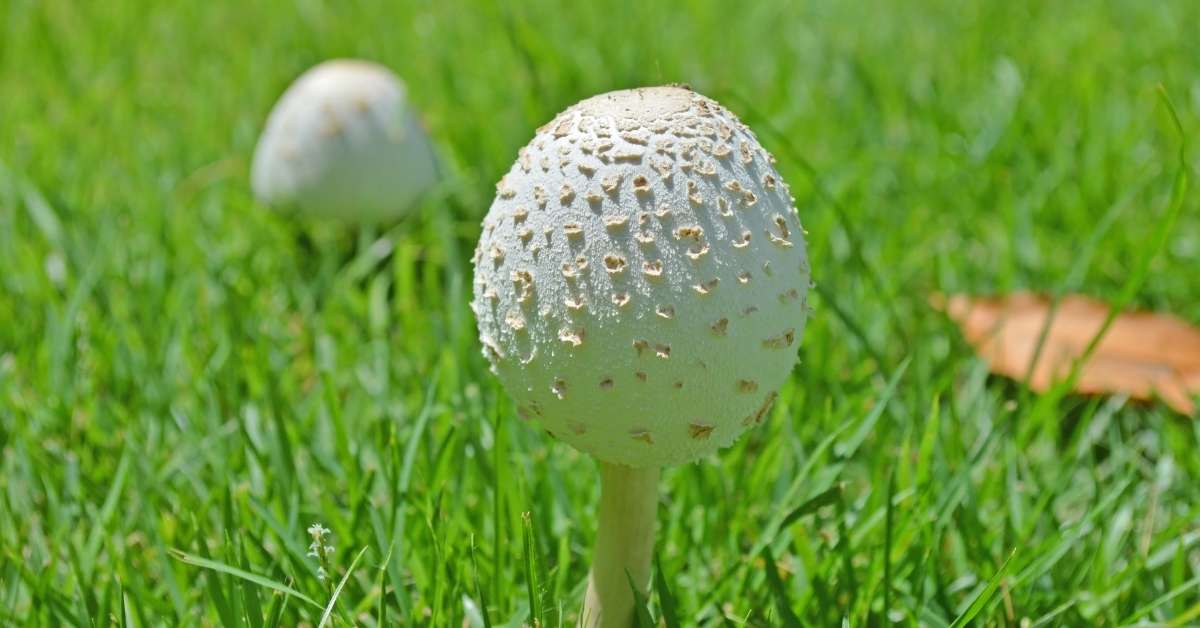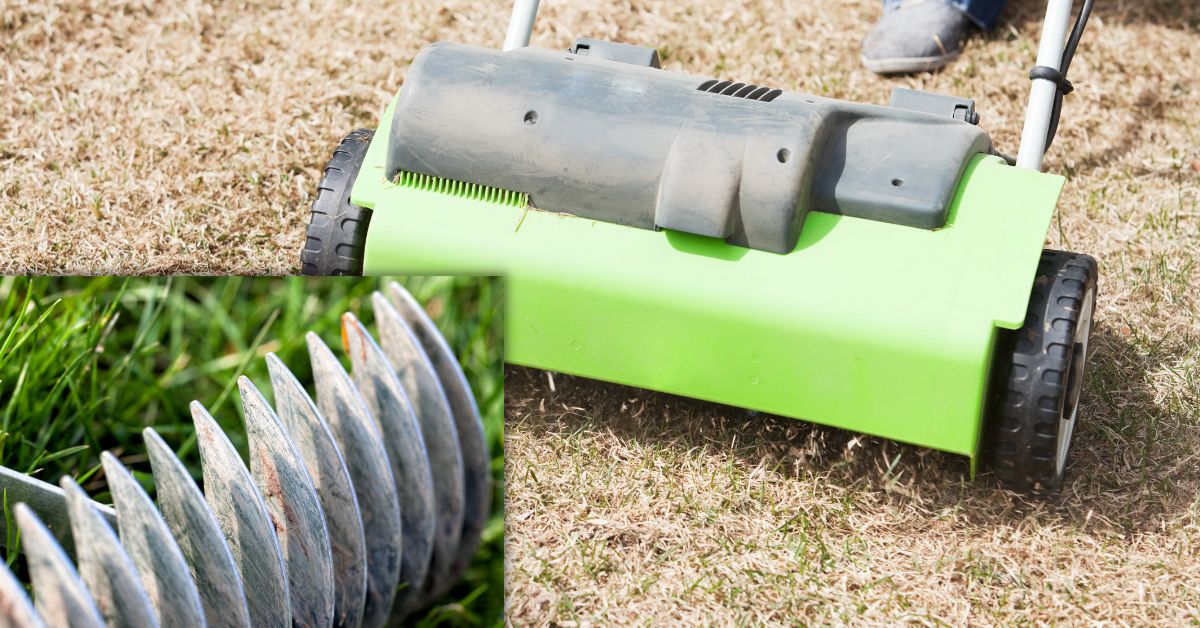Gardening can be a relaxing and rewarding hobby, but it’s not without its challenges. One of the most common mistakes that gardeners make is improper irrigation, which can lead to a host of problems such as stunted growth, wilting, and even plant death. But fear not, dear reader! In this post, we’ll delve into the nitty-gritty of garden watering, answering all your burning questions.
When is the best time to water your plants? How often should you water them? And most importantly, how can you tell if your plants are thirsty? We’ll also cover the most common garden watering mistakes and how to avoid them, so you can keep your garden thriving all season long. Whether you’re a seasoned green thumb or a newbie to the world of gardening, this post is a must-read for anyone looking to achieve a lush and healthy garden. So sit back, grab a cup of tea, and let’s dive into the wonderful world of garden irrigation!
What are the most common garden watering mistakes on hot days?
Plants can make the best use of the irrigation water if you give it to them in the early morning or, if necessary, in the late evening. However, the best time to water plants in summer is between three and four in the morning.
The ground is coolest at this time of the day. As a result, the water does not evaporate as quickly. It can seep into the soil and get to the roots.
1. It is best to water plants in the morning
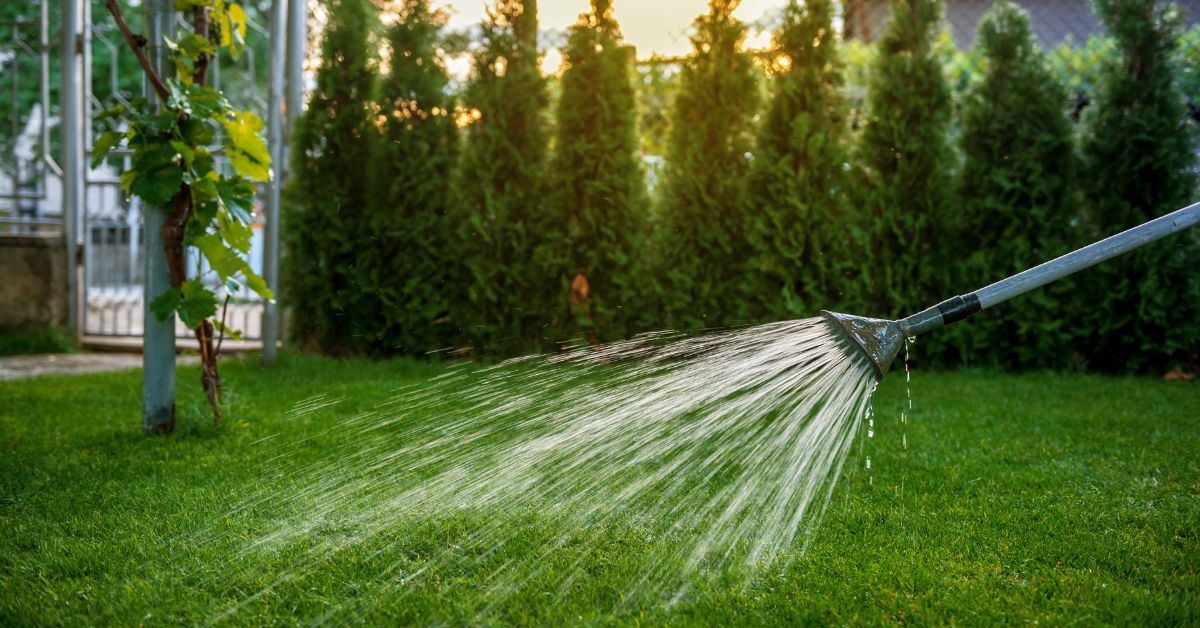
Because almost nobody gets up that early voluntarily, it’s strongly recommended to set up an automatic watering system with a timer for proper garden irrigation.
If you don’t want to pay these costs, you should get up a little earlier on warm days to water quickly. If 3 o’clock is too early for you, you should have watered your plants by 6 o’clock at the latest. That’s still better than at 8 p.m..
In the evening, the moisture evaporates through the warmed-up soil and cannot be absorbed. The same applies to midday: watering in the midday sun in summer is a complete waste of water. Both the soil and the air are too hot; the moisture evaporates instead of reaching the roots.
Another reason to only water your garden in the morning is that watering in the evening can attract snails. Because the leaves of the plants do not dry well overnight, there is also a risk of fungal diseases.
2. Do not use lawn sprinklers for watering
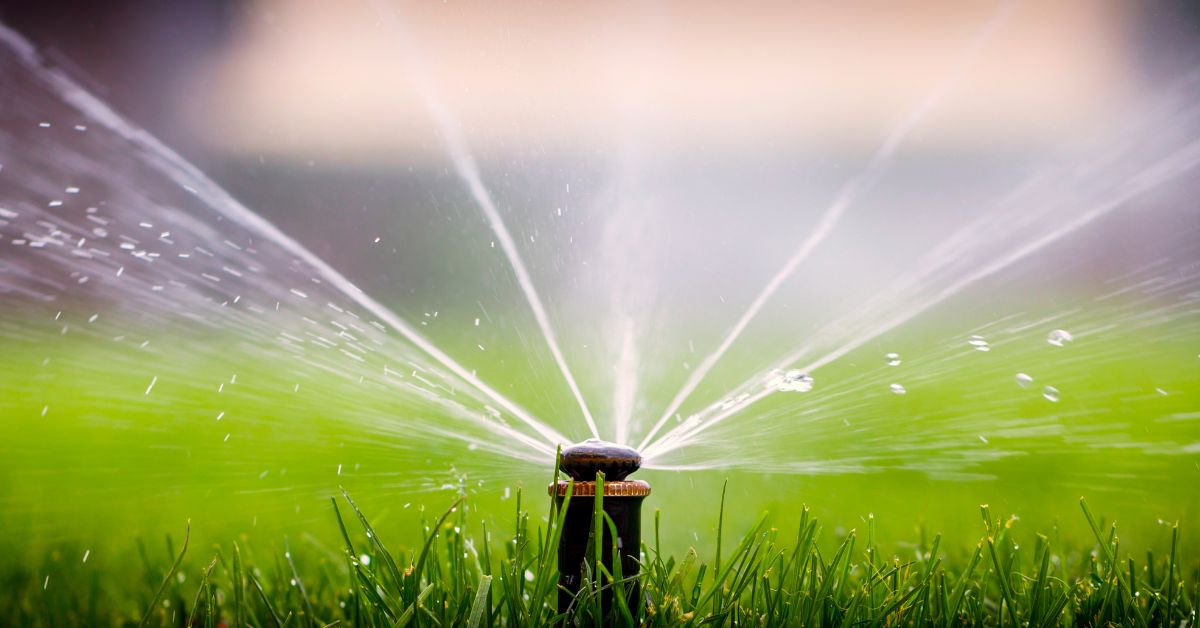
One of the garden watering mistakes is using sprinklers on hot summer days. It is better not to use the lawn sprinkler to water shrubs, hedges, and vegetable plants. It is only ideal for larger free areas. Otherwise, too much water will end up on the leaves with sprinkler systems.
This remaining water on the leaves might promote fungal diseases if it does not dry quickly. A watering can be easily accomplished by a garden hose and it makes it easier to get under the branches and leaves of the plants. Make sure that you use the appropriate attachments.
Use a drip line system
You should install a drip line system if you prefer an automatic watering solution.
For large pots, you may be able to use a filler neck. You can also build it yourself for larger pots. To do this, stick a smaller flower pot with a hole diagonally into the ground and easily pour the water into it.
Pro tip: In order to direct the water into deeper soil layers and thus to the roots, hack up the garden bed after watering. This destroys cavities and directs the water further down.
3. Which plant needs how much water?
Depending on the species and location, there are large differences in the liquid requirements of the plants.
In general, plants in sunny places need more water than shade plants. Particularly thirsty species are, for example, the angel’s trumpet (genus Brugmansia) and the fuchsia.
Also, seedlings or flowers that have just been planted will need water every day for the first few weeks.
This is the only way to ensure that they form plenty of roots. The rule of thumb for the watering quantity is: that the larger the leaves, the higher the water requirement.
On the other hand, Mediterranean plants are used to getting by with little moisture. They also survive a few dry days. Southern herbs such as thyme and rosemary should also not be watered too often. It is best to wait until the soil has dried out and then water generously.
4. Watering the lawn on a hot summer day
If a heat wave is imminent, gardeners should not mow the lawn too short, and besides, it’s better to mow without the grass catcher.
This way the cut remains on the lawn and serves as a mulch that retains moisture and protects the lawn from drying out.
A tip for the right amount: “Put an empty jam jar on the lawn,”, “Then start the sprinkler.” When the water in the glass is around more than a half inches (1.5 cm) high, the straws have received enough water. Even after a thunderstorm, it is best to top up.
Because the showering often only wets the surface of the earth. In addition, the plants absorb water better in high humidity.
5. Potted plants need special treatment
Potted plants need a shower more often than beds or bushes because there is less soil surrounding them that holds water.
Therefore: When it is hot, it is essential to water it every day. Although plastic pots are not as attractive as terracotta pots, they do not heat up as quickly and retain less heat.
If you are short on time, you can buy pots or flower boxes with built-in watering systems. A level indicator can also be a great help when watering if you are unsure whether the plant has had enough or needs another sip.
It is important for all types of pots they have holes through which excess water can drain. Since frequent watering washes nutrients out of the soil, hobby gardeners have to fertilize potted plants regularly.
Yellow leaves can be an indication of nutrient deficiencies. Hobby gardeners should also first moisten the dry soil in pots and then water them properly after a few minutes. Because the substrate is not completely dry, the water can penetrate better.
6. Don’t overwater plants
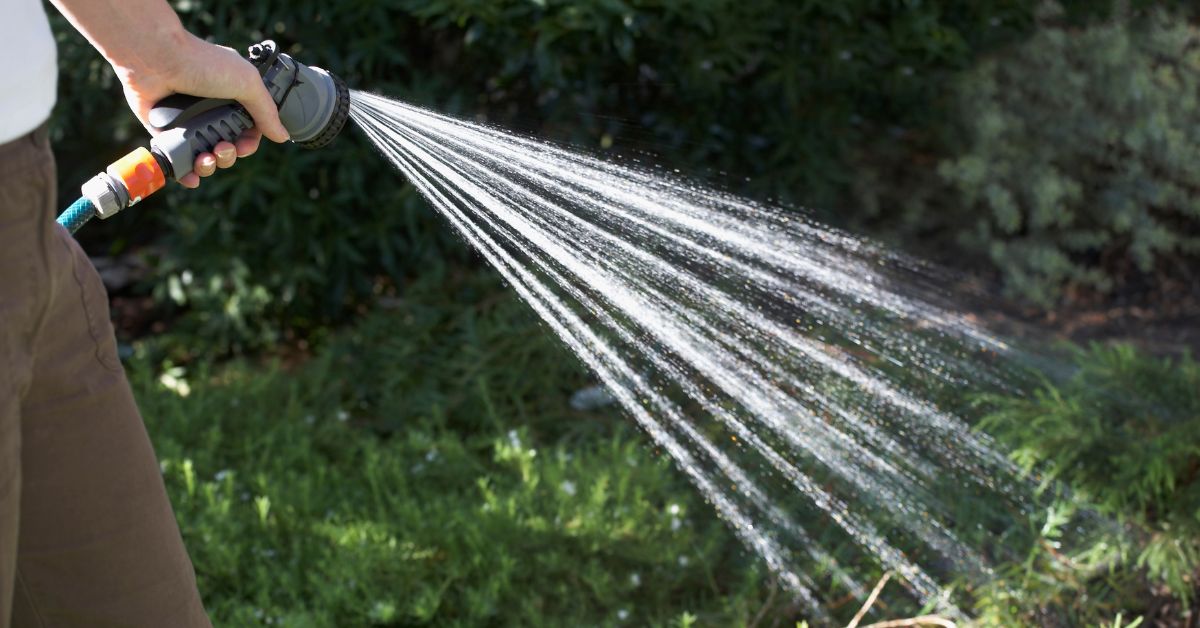
If you spoil your plants too much by watering them frequently, you are doing yourself unnecessary work, which makes this another garden watering mistake. It is smarter to train roses and oleanders to be frugal drinkers.
It is therefore advisable to water less frequently and more intensively. Preferably only when the plants are about to let their leaves droop.
In this way, the garden plants are forced to form many long roots that get the necessary liquid from the soil. This makes the plants robust and can even help flowers bloom longer.
Proceed as follows with the lawn: In dry conditions, it is best to moisten the surface root-deep once or twice a week. It’s advised that around 2.5 – 4 gallons (10 to 15 liters) of water per 10 sq. ft (a square meter) of lawn. Under trees, however, the grasses need water more often because the trees use it too. Too much permanent moisture threatens algae in the lawn.
7. Water the vegetable bed properly
Watering properly once is also the motto in the vegetable bed: It is recommended to pour 3.5-4 gallons (15 liters) of water a week into the bed on a single day. This is spread over several hours so that the water has time to seep in.
8. Watering the garden plants
Plants in the garden need water, especially in summer. Even if it rains, you should water them. The following applies: more is better. Because the water quickly seeps into the ground. In addition, sufficient watering stimulates the flowers to form roots in the deeper layers of the earth.
9. Ensure optimal soil quality by mulching
There is a lot more you can do in the garden than just watering on the hot summer days: by mulching, you can get the soil to absorb more water and store it for longer.
The advantage of mulching: You don’t have to water as often. You can get bark mulch, granite split, or small pebbles from specialist shops and mix them with the garden soil in the specified ratio. Not implementing mulch during the summer in hot regions of the U.S., is one of the other garden watering mistakes you should avoid.
10. Automatic watering systems
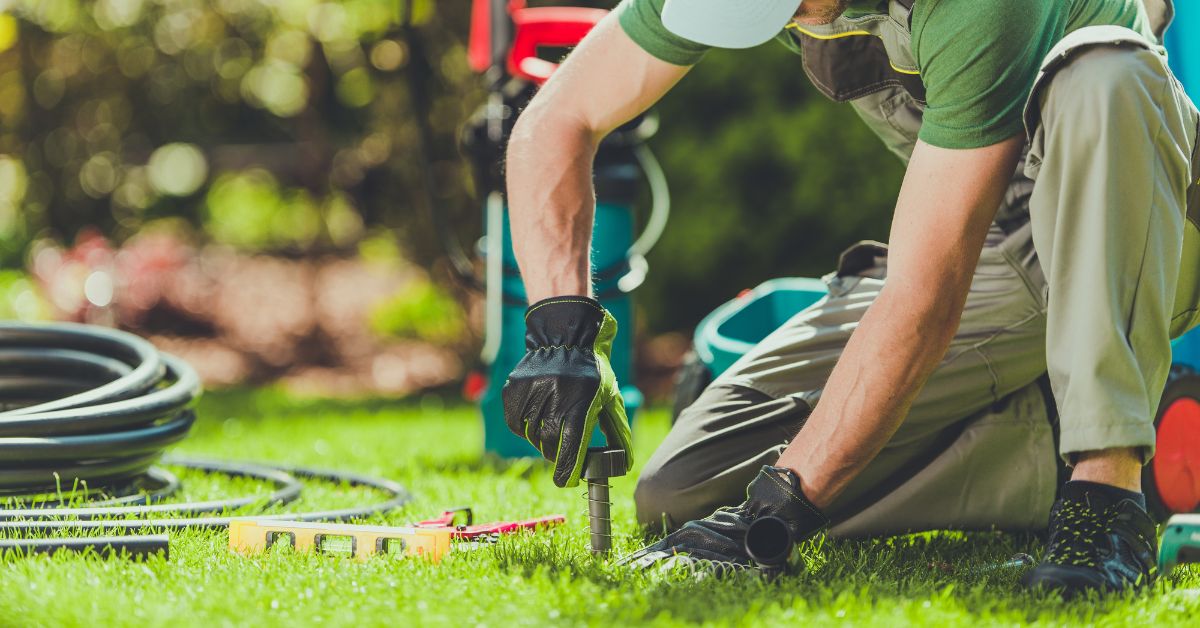
If you want to save yourself from manual watering, install a drip irrigation system. With drip irrigation via a hose system, the moisture reaches the plant directly. If it is controlled by a computer with a timer, watering in the early hours of the morning is no problem.
If the system is also connected to Tensiometer (a sensor that measures soil moisture), the garden owner can sit back and relax.
The systems that work underground and do not interfere with mowing are particularly suitable for lawns. A professional installation causes almost no damage to the ground and shows the desired success within a short time.
11. Watering the plants while on vacation
If you go on vacation and cannot supply your plants with enough water, you should ask a neighbor or acquaintance if they can do the watering.
Alternatively, you can use simple or automatic garden irrigation systems. For example, a hose system that is laid between the plants in the beds is suitable for this.
Bit by bit, water gets to the ground through small holes in the hose and seeps away. With this solution, you will also prevent moisture from getting onto the leaves of the plants, which will damage them.
If you are only going away for a short time, you can also use planters with water storage. Depending on the weather, they take care of your plants for a few days. If you do not want to invest extra money in new and extensive systems or if your garden is very small and an automatic irrigation system is oversized, you can also use a plastic bottle for irrigation:
- Water your plant sufficiently.
- Wash a PET bottle well. It is best to use a bottle that previously had water in it. In addition, it should be stable and have sufficient capacity.
- Fill the bottle with water.
- Put the bottle with the opening in the flower pot and press it lightly into the soil. The bottle should have a good grip. If necessary, attach them using climbing aids.
Plastic bottle caps are commercially available that make watering easier with this simple system.
FAQ
What is the most common garden watering mistake?
The most common garden watering mistake is overwatering. Overwatering can lead to root rot, wilting, and even death.
What are some signs that your plants are being overwatered?
Some signs that your plants are being overwatered include:
1. Wilting leaves
2. Yellowing leaves
3. Stunted growth
4. Mushy, soft roots
5. Waterlogged soil
What are some tips for avoiding overwatering?
Here are some tips for avoiding overwatering:
1. Check the soil moisture before watering. Stick your finger into the soil about two inches deep. If the soil is dry to the touch, it’s time to water.
2. Water deeply when you do water. This means watering until the water runs out of the drainage holes in the pot or container.
3. Water your plants in the morning. This will give the water time to soak into the soil before the heat of the day sets in.
4. Mulch around your plants. Mulch helps to retain moisture in the soil, which can help to reduce the amount of water you need to water your plants.
What are some signs that your plants are being underwatered?
Some signs that your plants are being underwatered include:
1. Wilting leaves
2. Brown, dry leaves
3. Stunted growth
4. Dropping leaves
5. Dry, cracked soil
